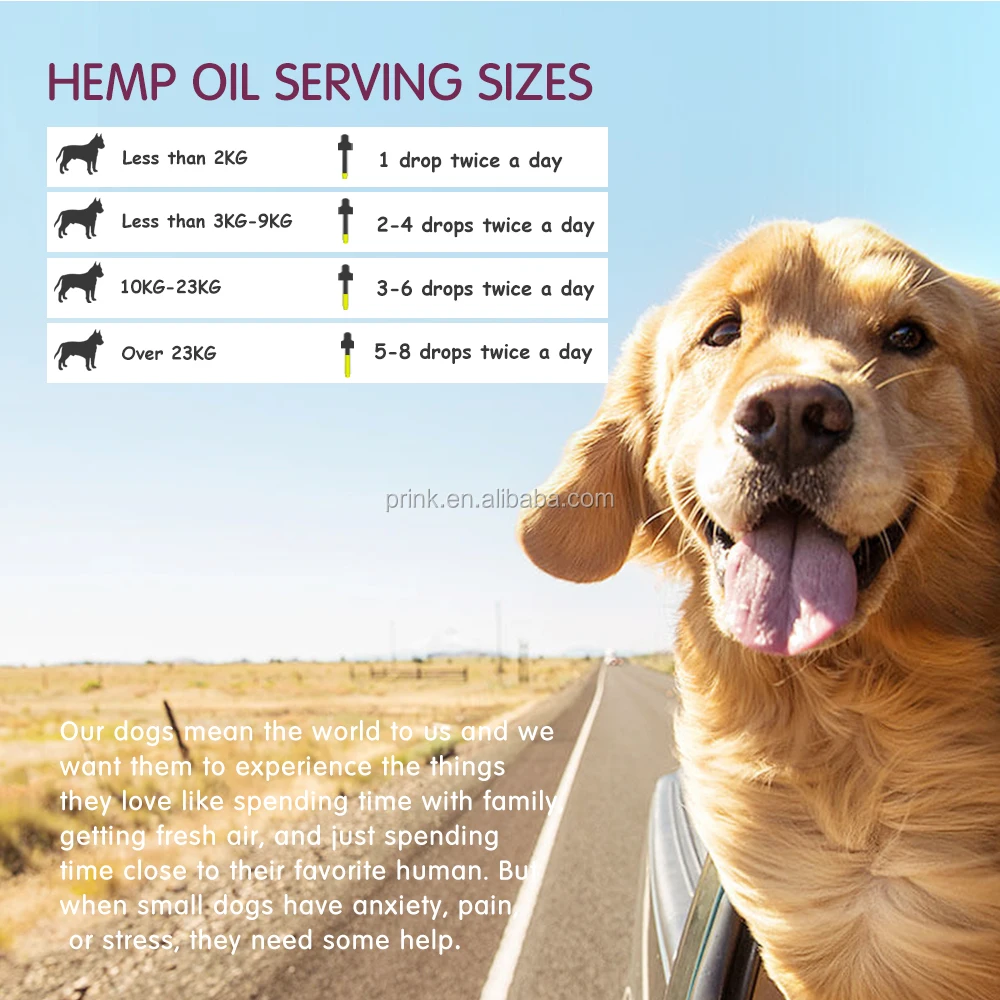Exploring the Feasibility of Keeping a Bear as a Pet: Can You Keep a Bear as a Pet?
#### IntroductionThe idea of having an exotic animal as a pet can be both fascinating and alarming. Among these animals, bears stand out due to their sheer……
#### Introduction
The idea of having an exotic animal as a pet can be both fascinating and alarming. Among these animals, bears stand out due to their sheer size, strength, and unique behaviors. This article delves into the question, **"Can you keep a bear as a pet?"** and explores the implications, legalities, and ethical considerations surrounding this topic.
#### Can You Keep a Bear as a Pet?
When we ask, **"Can you keep a bear as a pet?"**, we must first consider the legal restrictions. In many countries, owning a bear is illegal or heavily regulated. Laws vary significantly depending on the region, with some places outright banning private ownership of bears due to their potential danger and the specialized care they require. Even in areas where it is legal, permits and adherence to strict guidelines are typically necessary.
#### The Challenges of Bear Ownership
Owning a bear is not like caring for a dog or a cat. Bears are wild animals with complex needs that are difficult to meet in a home environment. They require vast amounts of space to roam, a proper diet that mimics their natural food sources, and mental stimulation to prevent boredom and stress. An inadequate environment can lead to health issues and behavioral problems.

**H2: Space Requirements**
Bears are naturally solitary creatures that roam large territories in the wild. A typical bear's home range can span hundreds of square miles. In contrast, most residential properties are insufficient to accommodate a bear's need for space. A confined environment can lead to aggression, anxiety, and destructive behavior.
**H2: Dietary Needs**
Bears are omnivores, and their diet is diverse, including fruits, nuts, fish, and small mammals. Providing a balanced diet that meets all their nutritional needs is challenging and expensive. Improper diet can lead to obesity and other health issues, which are common among captive bears.
**H2: Social and Behavioral Needs**

Bears have complex social structures and behaviors. In the wild, they engage in various activities, including foraging, climbing, and swimming. Captivity can lead to a lack of stimulation, resulting in psychological issues such as pacing or self-harm. Unlike domesticated animals, bears do not thrive in isolation and require interaction with their environment.
#### Ethical Considerations
Beyond the practical challenges, there are significant ethical concerns associated with keeping a bear as a pet. Wild animals belong in their natural habitats, and removing them from the wild for personal enjoyment raises serious moral questions. The welfare of the animal should always be a priority, and many argue that keeping bears as pets is inherently cruel.
**H2: Conservation Impact**
Keeping bears as pets can also have broader implications for wildlife conservation. The demand for exotic pets can lead to illegal poaching and habitat destruction, further threatening bear populations in the wild. Supporting the exotic pet trade can undermine conservation efforts aimed at protecting these magnificent creatures.

#### Conclusion
In conclusion, while the question **"Can you keep a bear as a pet?"** may intrigue some, the reality is fraught with challenges and ethical dilemmas. The needs of bears are complex and cannot be met in a typical household setting. Moreover, the legal and moral implications of keeping such a powerful wild animal as a pet make it a decision that should be approached with caution and deep consideration. Instead of attempting to domesticate bears, we should focus on conserving their natural habitats and ensuring their survival in the wild.